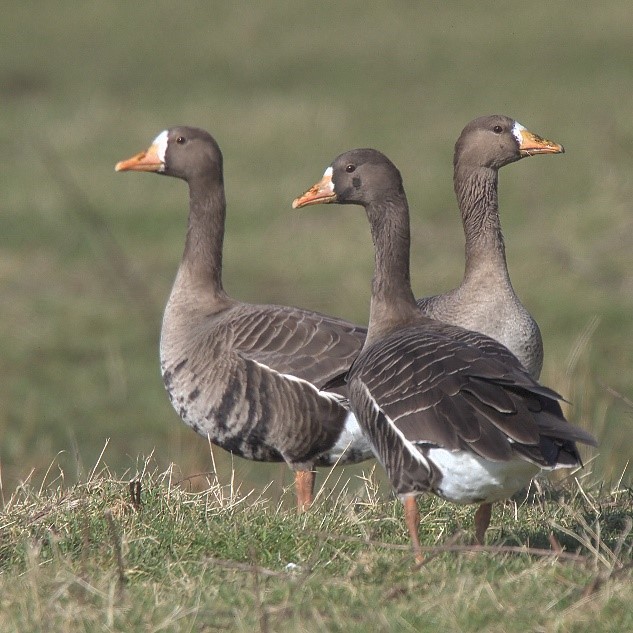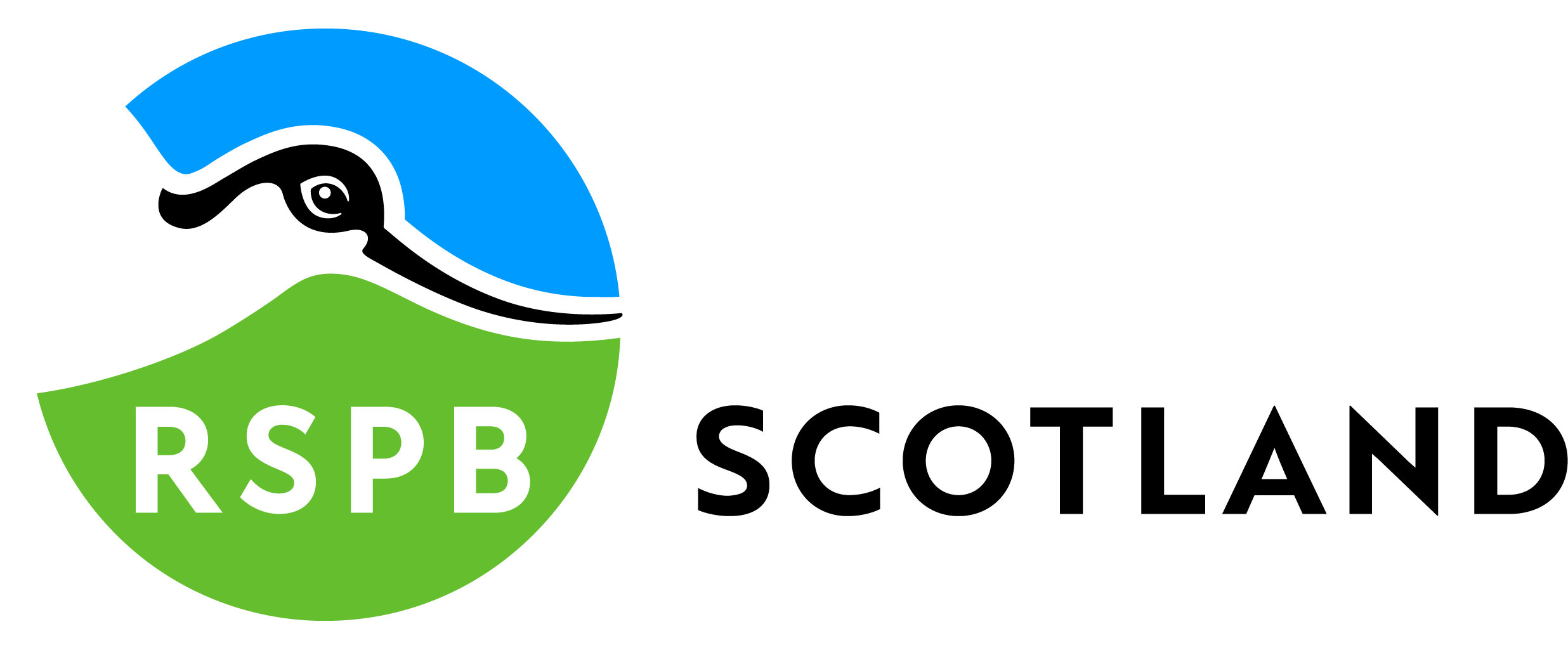Greenland white-fronted geese (Anser albifrons flavirostris) have a global population size of around 20,000 individuals and have been of conservation concern for many years following significant declines in the 1950-1970’s. They are of the highest conservation concern among the UK’s geese and the sub-species is classified as ‘Endangered’ on the IUCN Red List of Threatened Species1. The geese breed in west Greenland and in autumn and winter make the journey to the UK. Islay and Wexford Slobs in Ireland host two major wintering populations with smaller satellite populations across the UK, one of which is found RSPB Scotland Loch Lomond, in Gartocharn, West Dunbartonshire. These handful of wintering sites are vital for these bird’s survival. RSPB Scotland Loch Lomond hosts 1.5% of the population – around 250 birds – and in winter they use fields and wetlands around the area to feed and roost.
Action Needed
- Provide opportunities for local landowners with geese present on their land to engage with the RSPB to discuss constructive measures that can be put in place to provide additional winter protection without impacting farm operations
- Advocate for continuing and improved funding via agri-environment schemes that include measures for farmland supporting Greenland white-fronted geese
- Continue to advocate for robust protection via the planning system in areas where the geese feed and roost i.e. those areas included within the Loch Lomond SPA and beyond (as the SPA protection extends to all areas where these geese are known to be present) to minimise the disturbance faced by the species and increase the feeding opportunities available to them in the winter months.
Threats
It is known that these birds fail to breed as successfully as other grey goose species, such as greylag geese, so the numbers of goslings produced in any year has struggled to keep up with mortality losses from the population2
Recently nature conservation organisations have been looking at the effect that climate change is having on the snow conditions in western Greenland where they nest. It is thought likely that the conditions are hampering Greenland white-front breeding success because a warm spring can mean more snowfall in western Greenland. If snow covers key breeding and feeding areas, this can affect the timing of nesting attempts and in some years birds may choose not to breed.
Average reproductive success is generally lower now than it was in past periods. This could be a key reason why Greenland white-fronts are suffering such a dramatic decline. So we are using new technology to look in detail at this critical part of their yearly cycle.
More locally, these geese are very site loyal, so disturbance and change of land use can cause huge problems for them. RSPB Scotland manages land at its Loch Lomond reserve (as well as many other locations) to provide areas of ground where geese, amongst many other species, can happily feed and roost, boosting their survival rate and chances of successful breeding when they return to Greenland.
MSP Nature Champion



